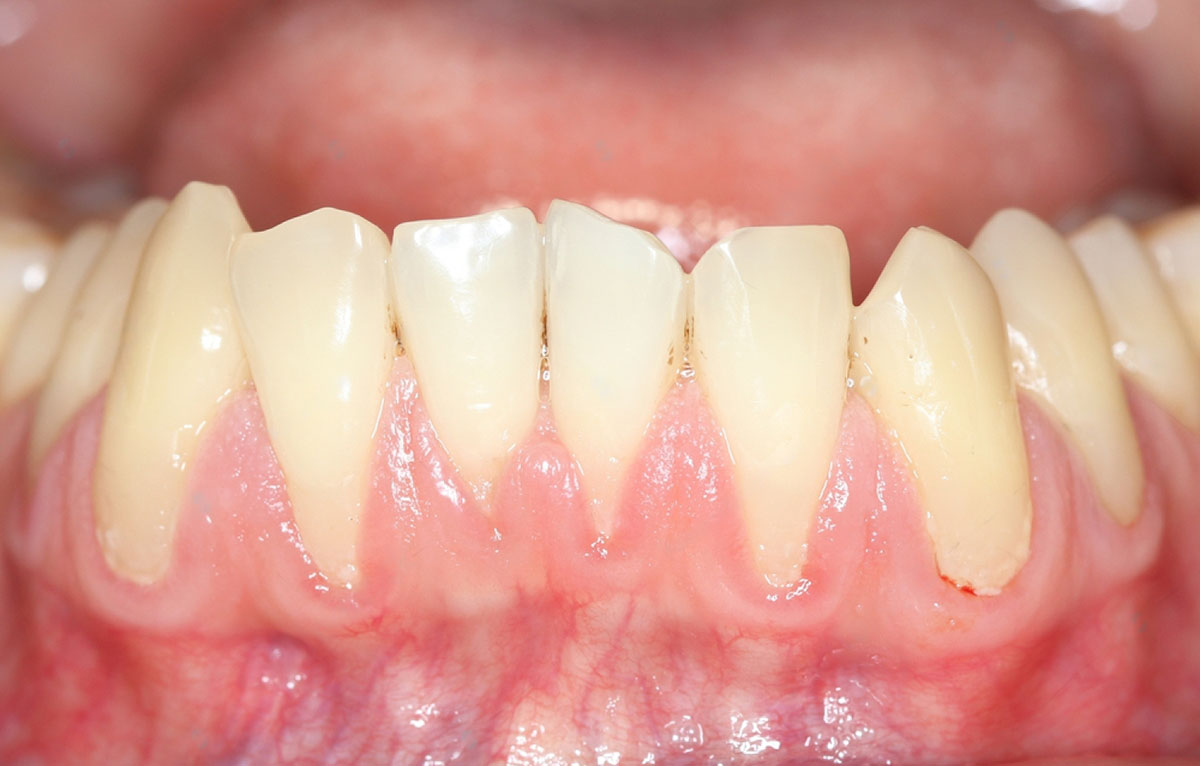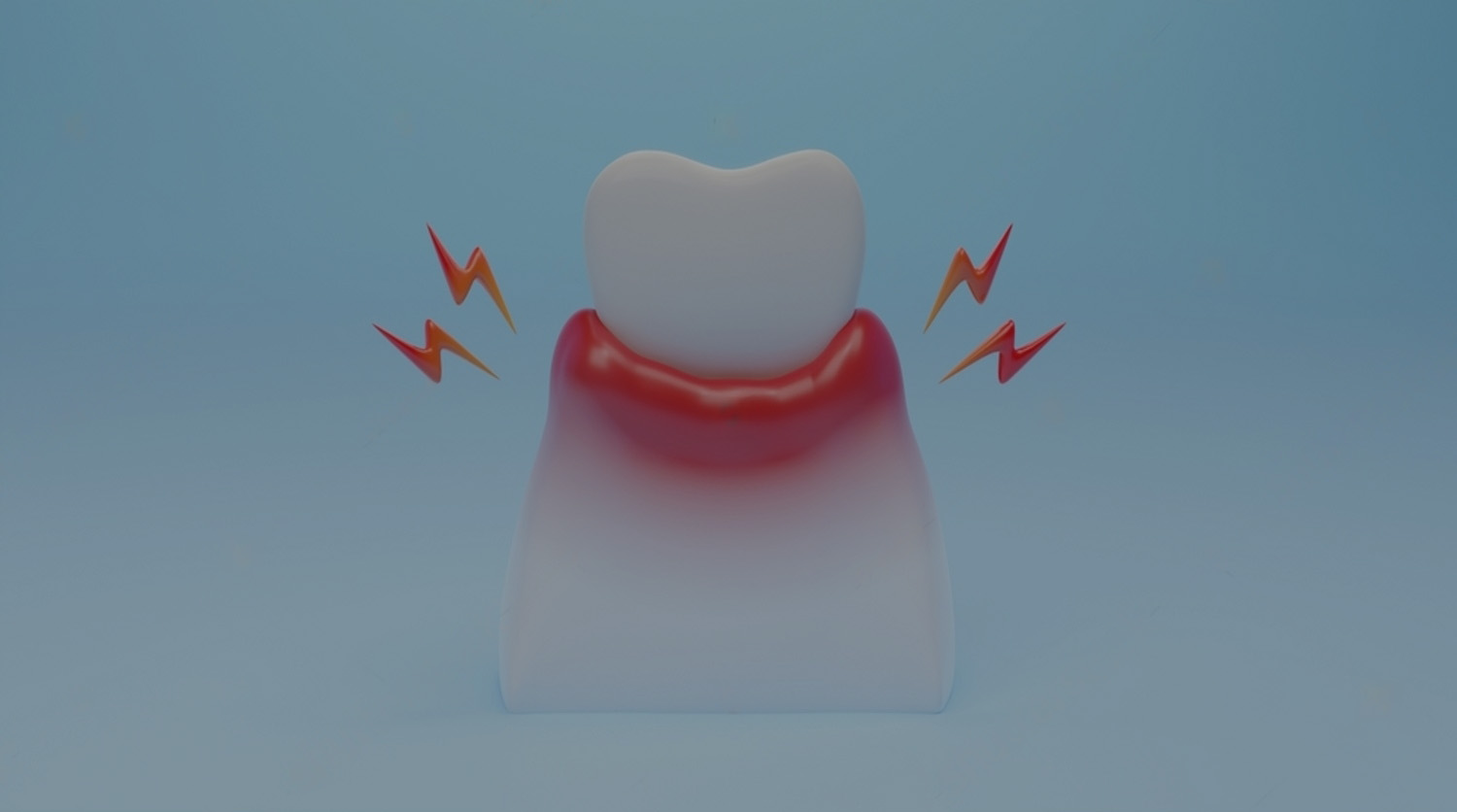I. Introduction
A. Introduction to the topic of gingival recession B. Importance of gingival health C. Purpose of the article: to explain what gingival recession is and discuss treatment options
II. What is gum recession?
A. Definition of gingival recession B. Causes of gingival recession C. Risk factors associated with gingival recession
III. Consequences of gingival recession
A. Tooth sensitivity B. Tooth root exposure C. Risks for oral health and aesthetics
IV. Treatment options for gingival recession
A. Proper oral hygiene and prevention B. Surgical procedures C. Gingival grafts D. Use of regenerative materials
V. Post-treatment care and prevention of gingival recession
A. Importance of maintaining healthy gums B. Recommendations for proper oral hygiene C. Regular visits to the dentist
VI. Conclusion
A. Importance of identifying and treating gingival recession B. Encouragement to seek professional advice in case of gingival recession C. Recap of the main points covered in the article
What is Gum Recession and how to Treat it?
Introdução
Gingival health plays a key role in overall oral health. Unfortunately, many people may face gum problems, including gum recession. In this article, we will explore what gum recession is, its causes and risk factors, as well as discuss treatment options available for this problem.
What is gum recession?
Gum recession is characterized by exposure of the tooth root due to shrinkage of the gum that normally covers this area. This can result in tooth sensitivity, cosmetic discomfort and increase the risk of additional dental problems. Gingival recession can occur due to a number of causes, including aggressive brushing, periodontal disease, genetic predisposition and wear and tear of the gum tissue over time.
Consequences of gingival recession
One of the main consequences of gum recession is tooth sensitivity. With root exposure, teeth can become sensitive to stimuli such as hot, cold and sweet foods. In addition, gum recession can lead to exposure of the tooth root, leaving it more susceptible to damage and decay. This condition can also affect the aesthetics of the smile, causing embarrassment and impacting self-confidence.

Treatment options for gingival recession
There are several treatment options available for gingival recession, depending on the severity of the case and the individual patient’s needs. Proper oral hygiene and prevention are key to preventing the progression of gingival recession. In addition, surgical procedures, such as performing gingival flaps, can be performed to reposition the gums and cover the exposed area. Another option is the use of gingival grafts, where gum tissue is transplanted to cover the exposed root. In more advanced cases, regenerative materials can be used to stimulate the growth of gum tissue.
Post-treatment care and prevention of gingival recession
After gum recession treatment, it is essential to maintain a proper oral hygiene routine. This includes brushing your teeth properly, flossing daily and using mouthwash recommended by your dentist. In addition, it is essential to attend regular appointments with the dentist for gum health assessment and preventive treatment if necessary.
Conclusion
Gum recession can be a worrying problem for many people, but there are effective treatment options available. It is important to seek professional guidance as soon as gum recession is identified, as early treatment can help prevent future complications. Take care of your gum health, follow a proper oral hygiene routine, and don’t hesitate to see a dentist for proper evaluation and treatment. Remember, a healthy smile starts with healthy gums!



